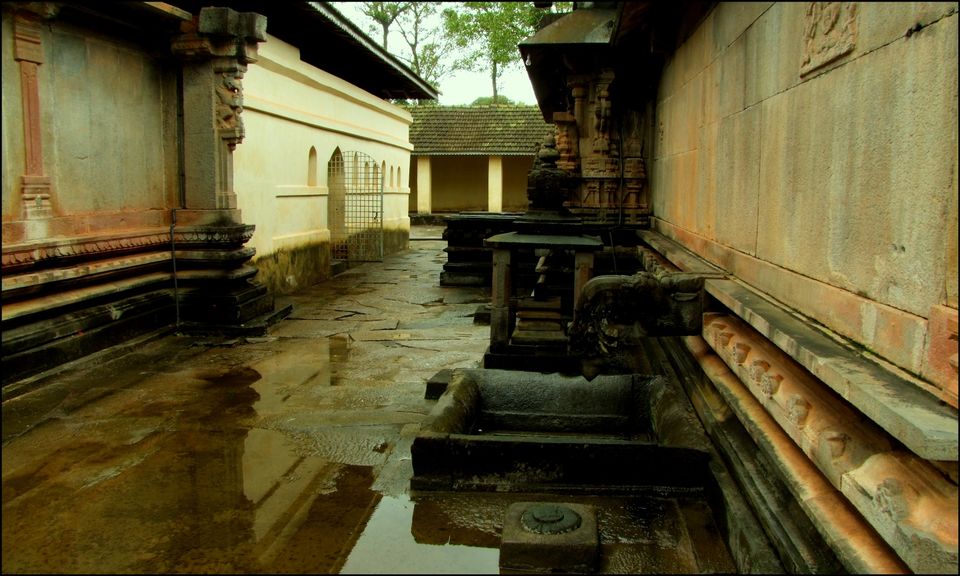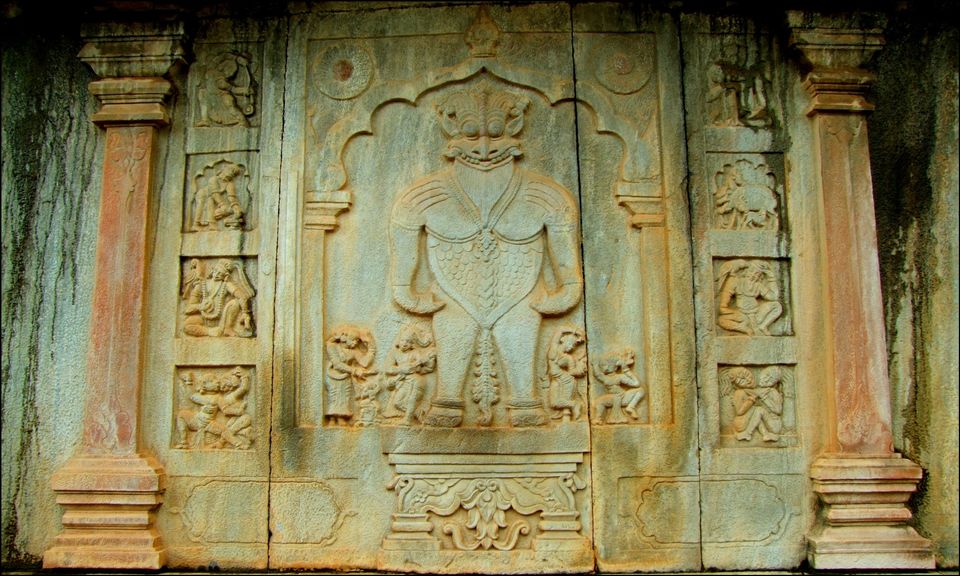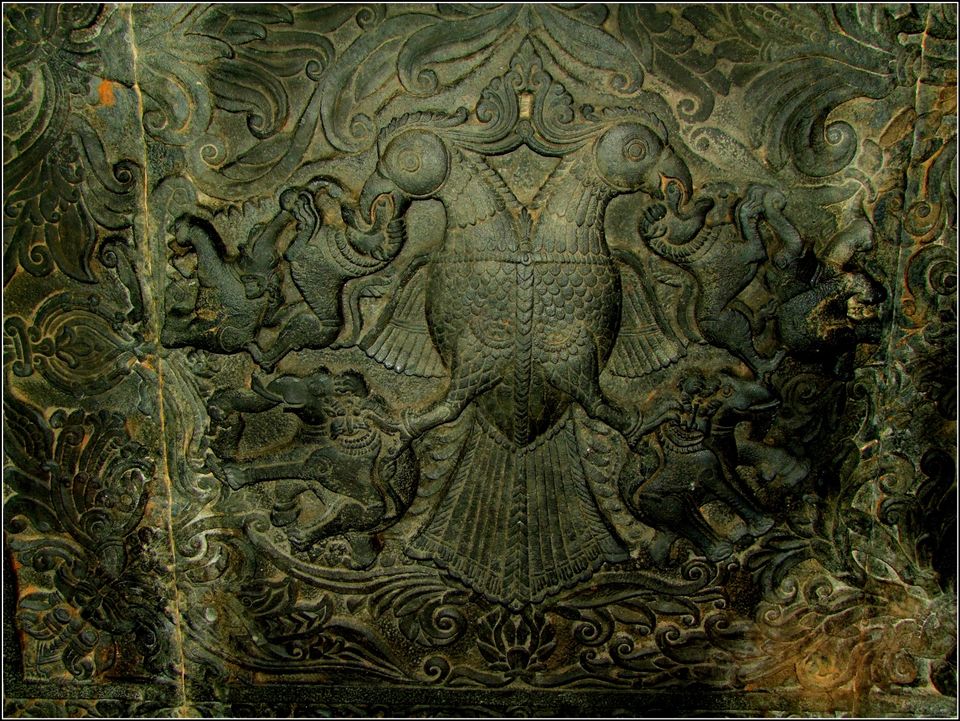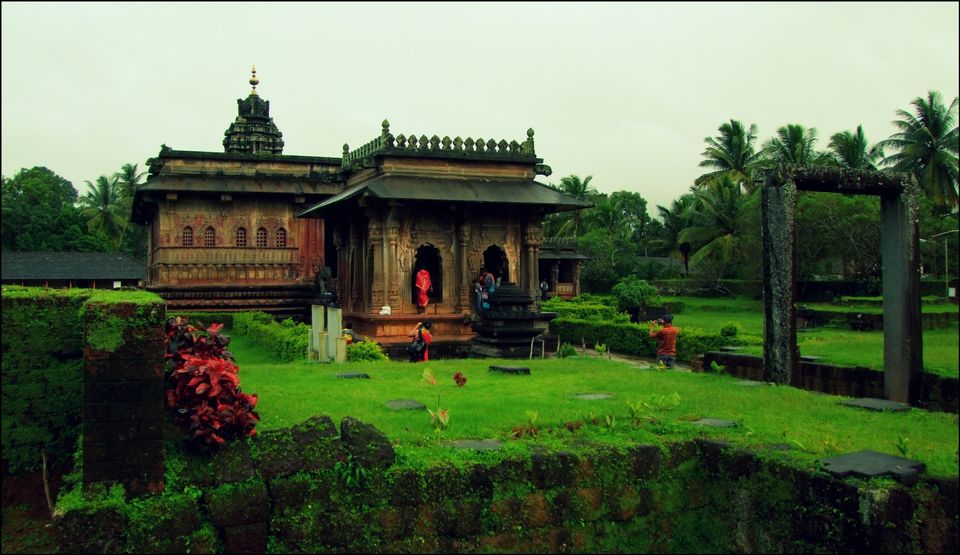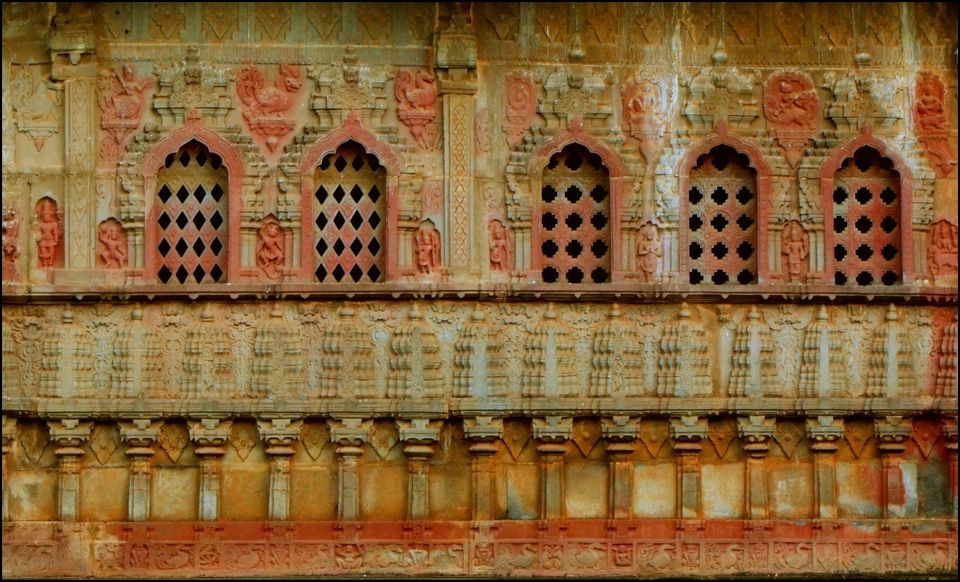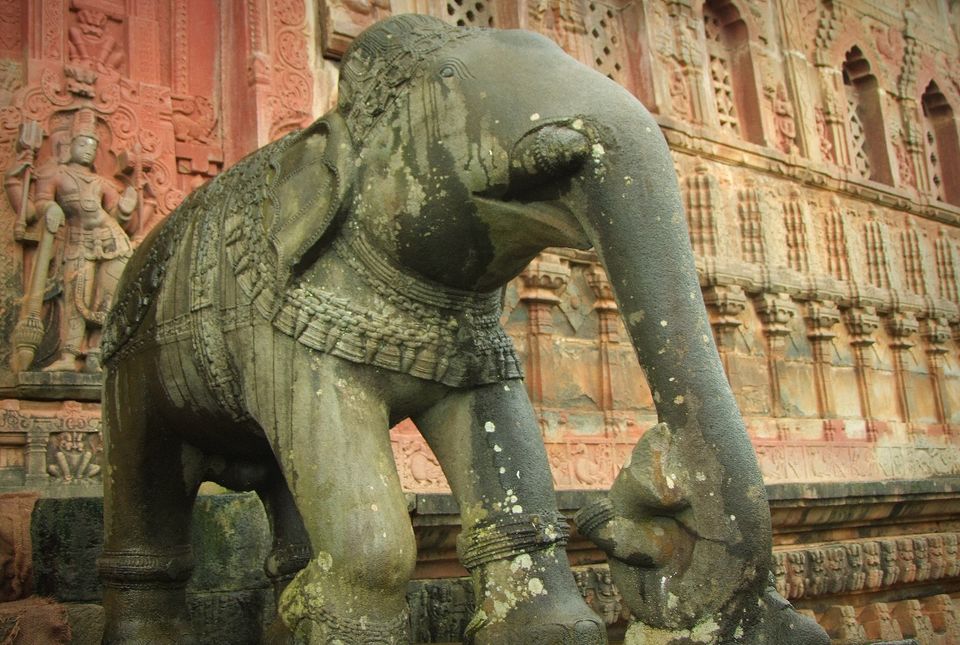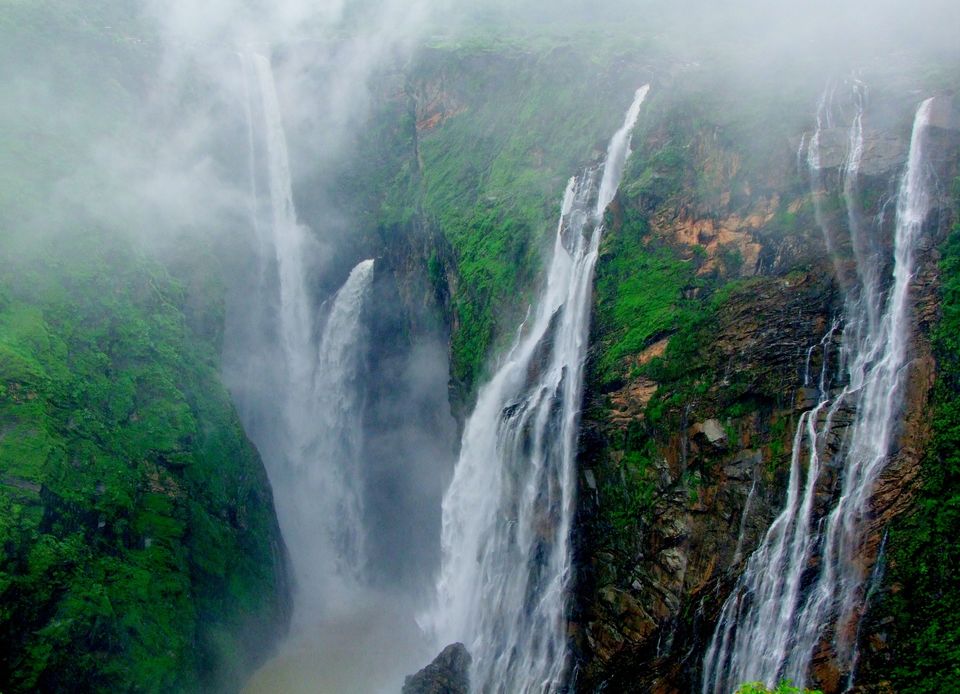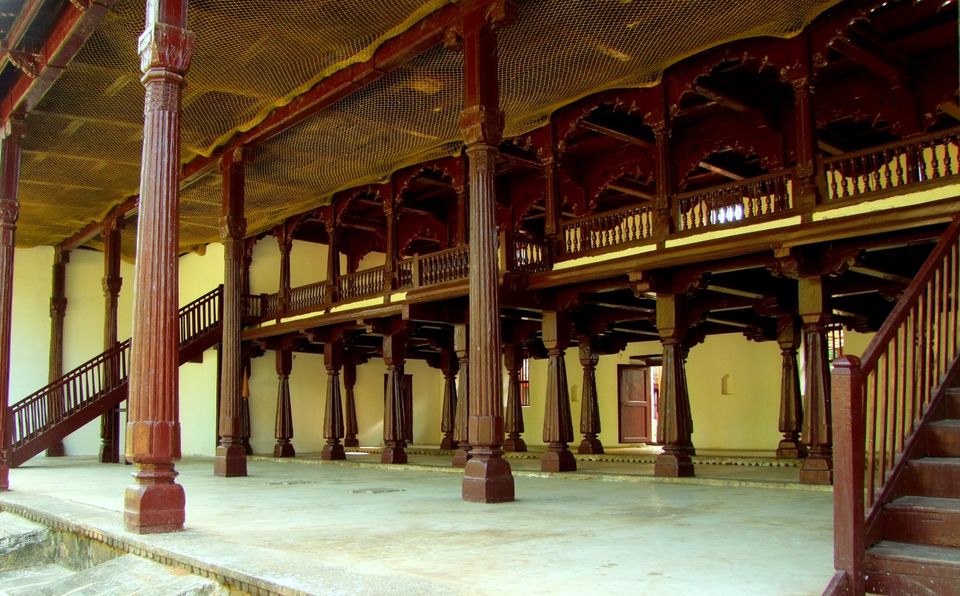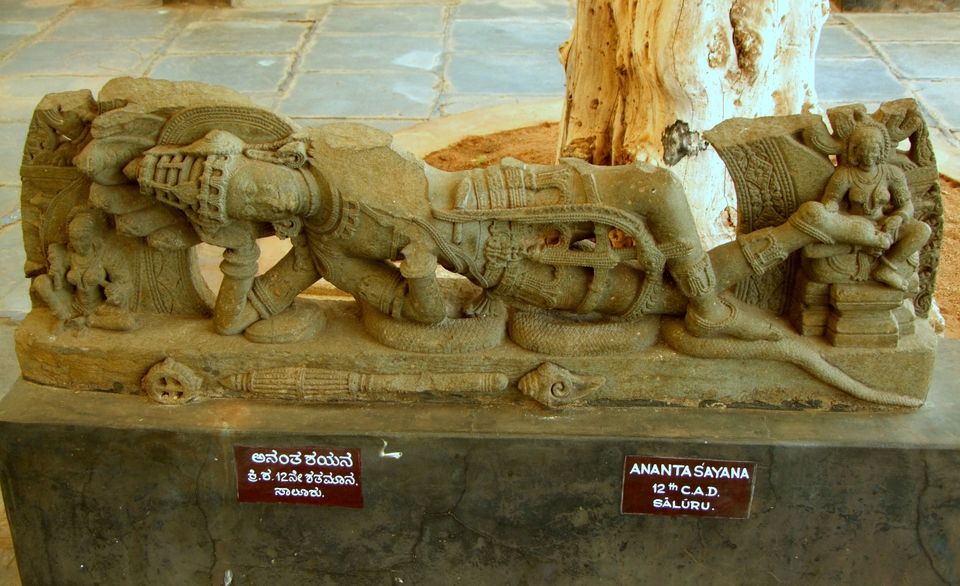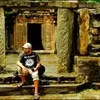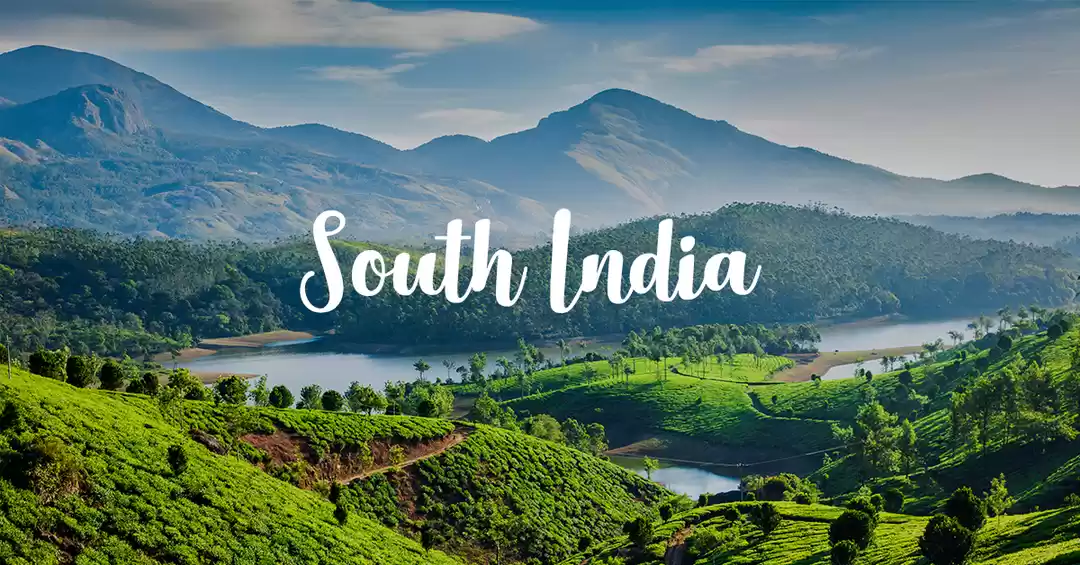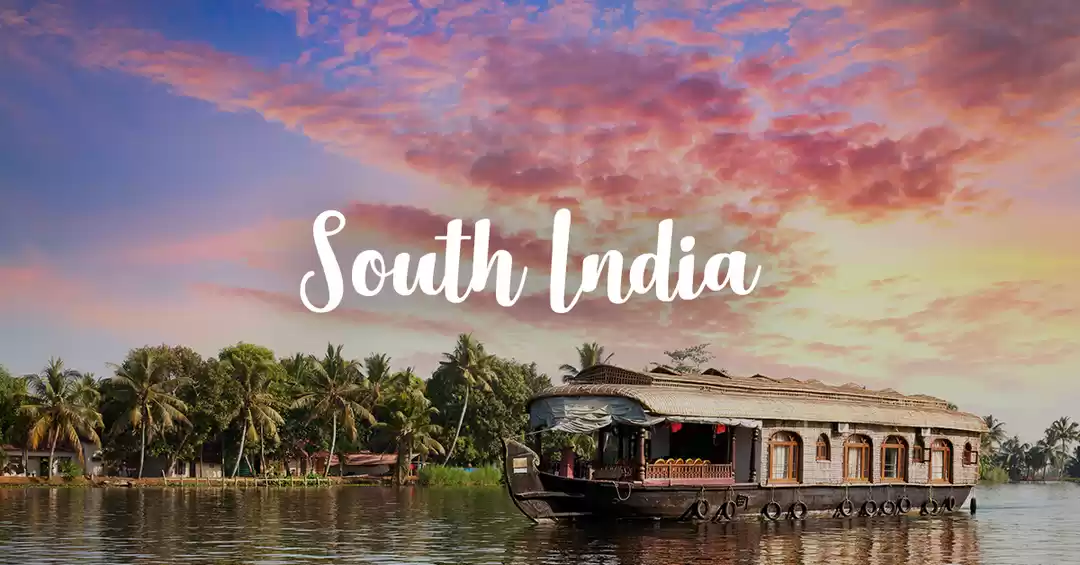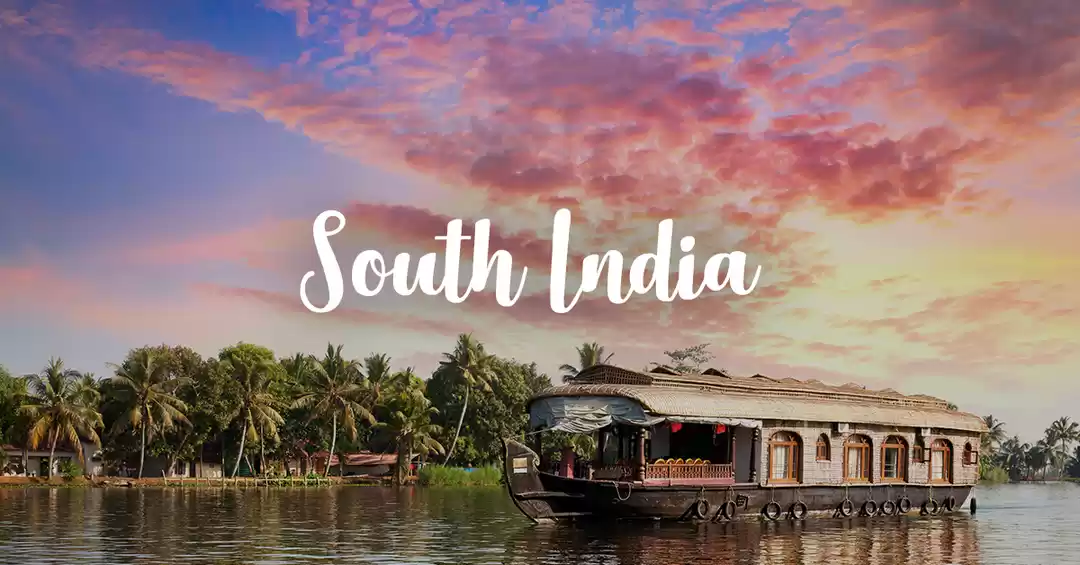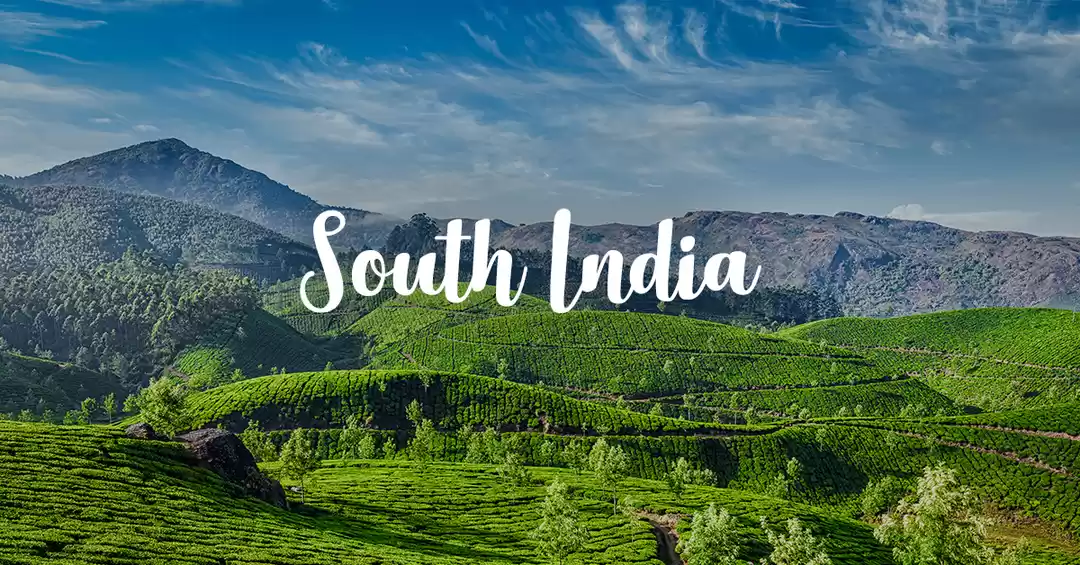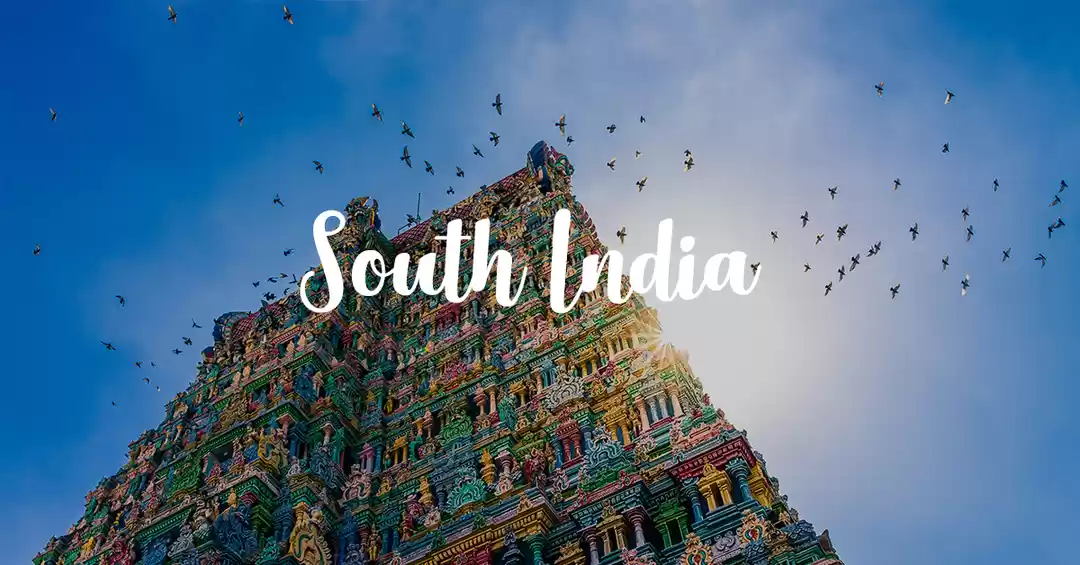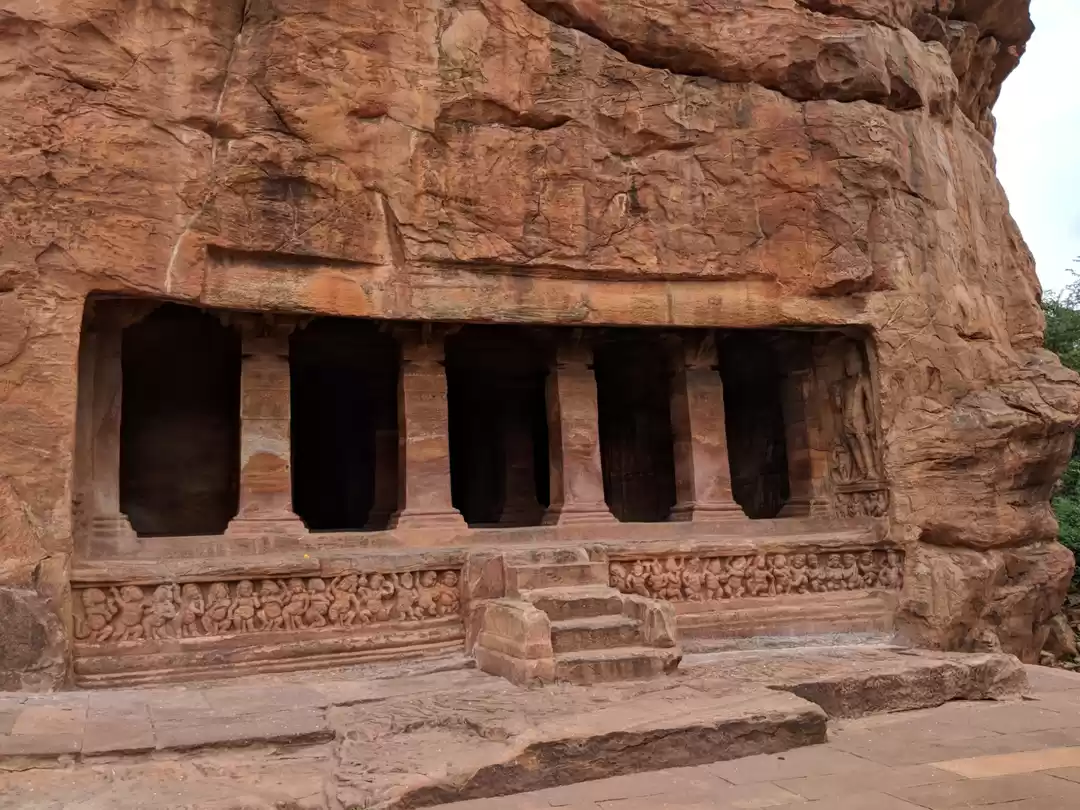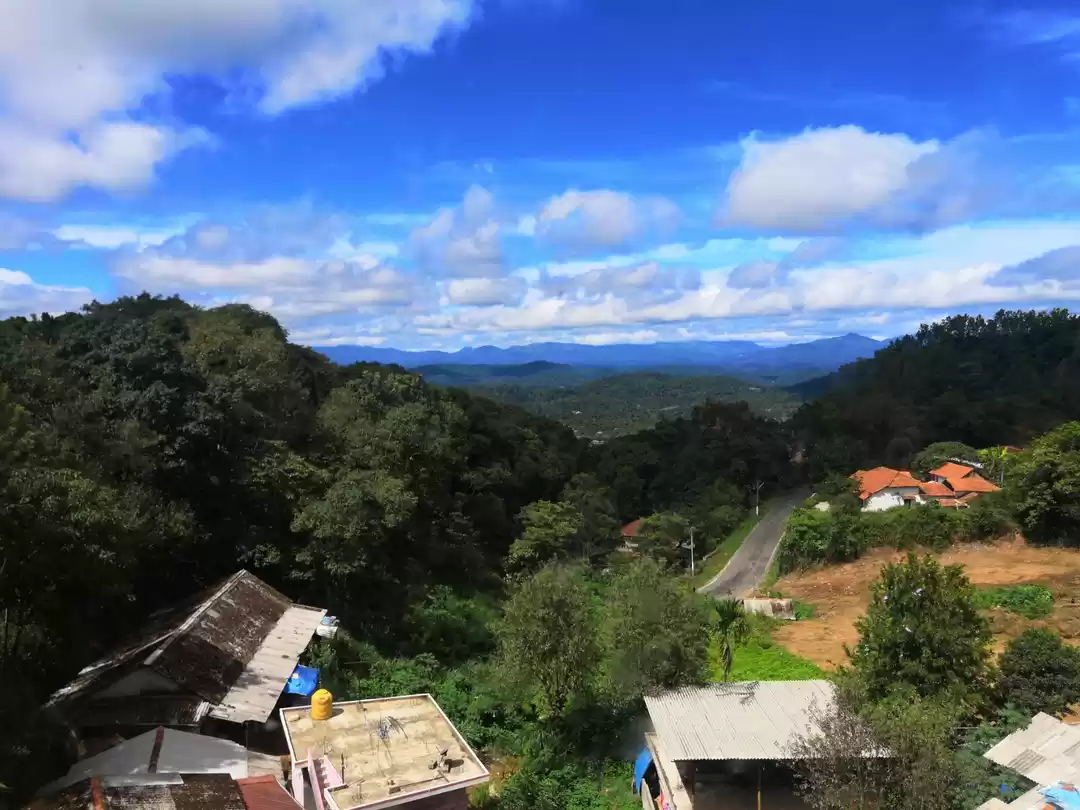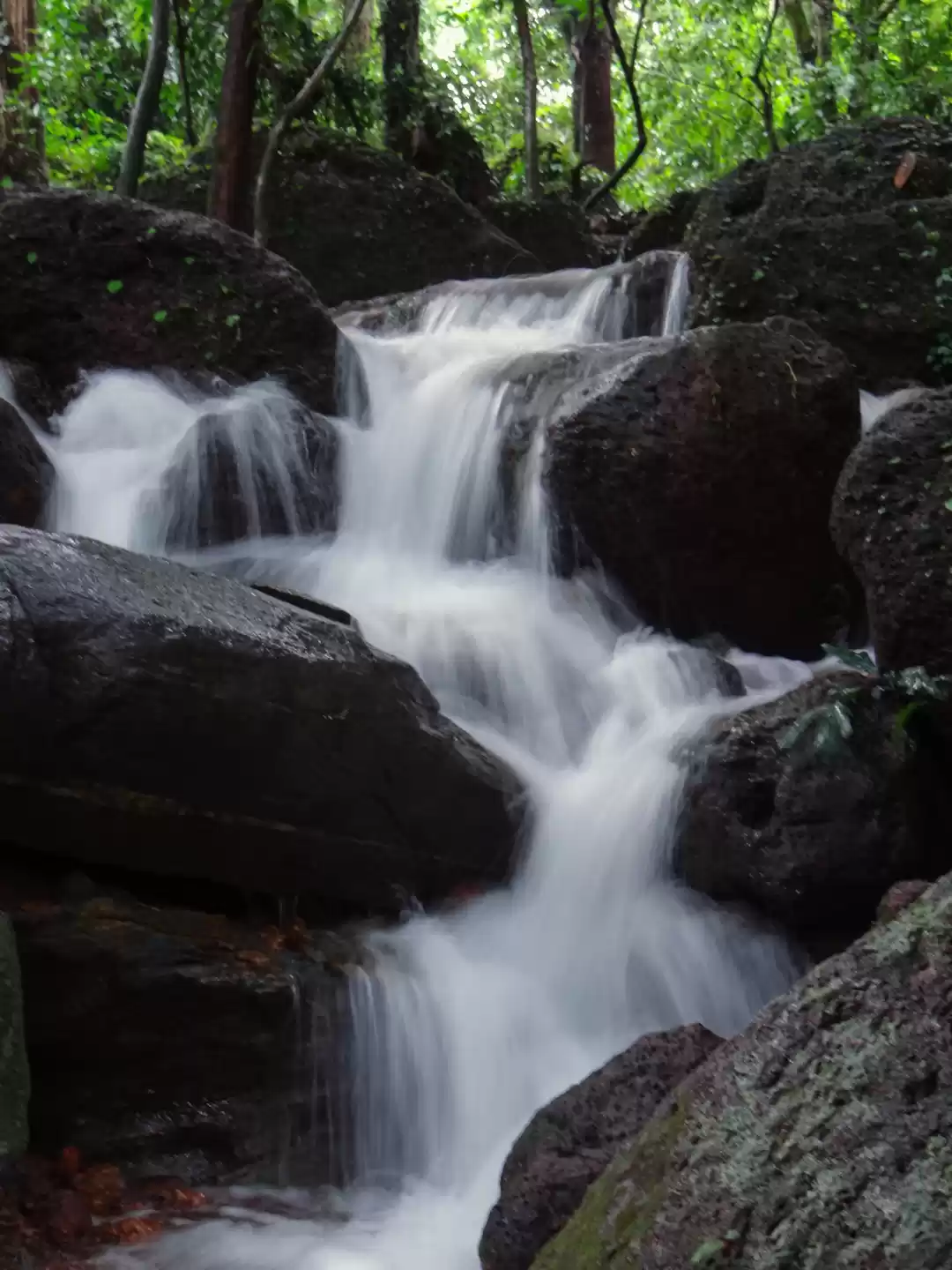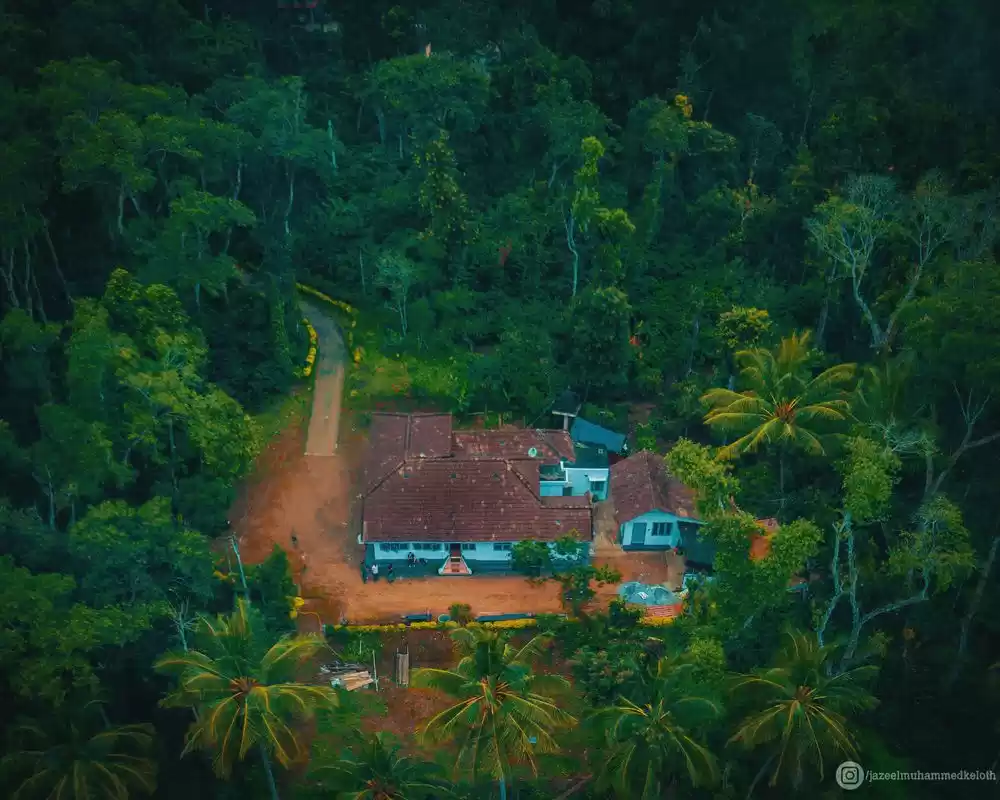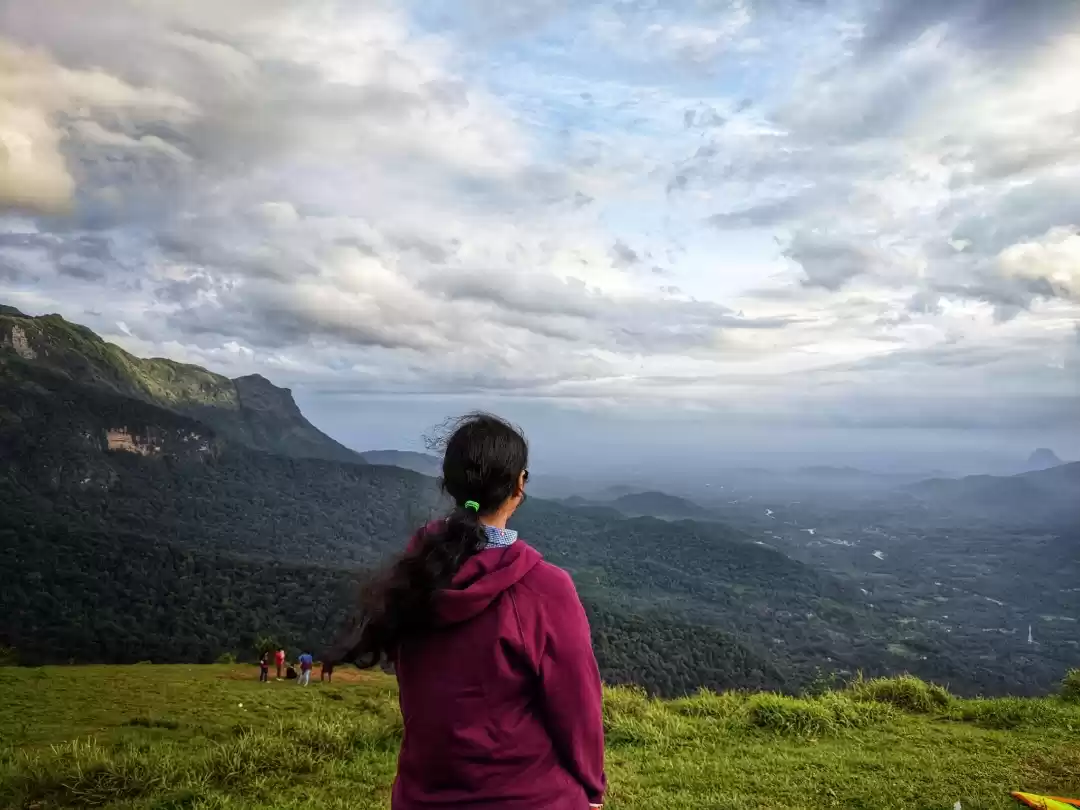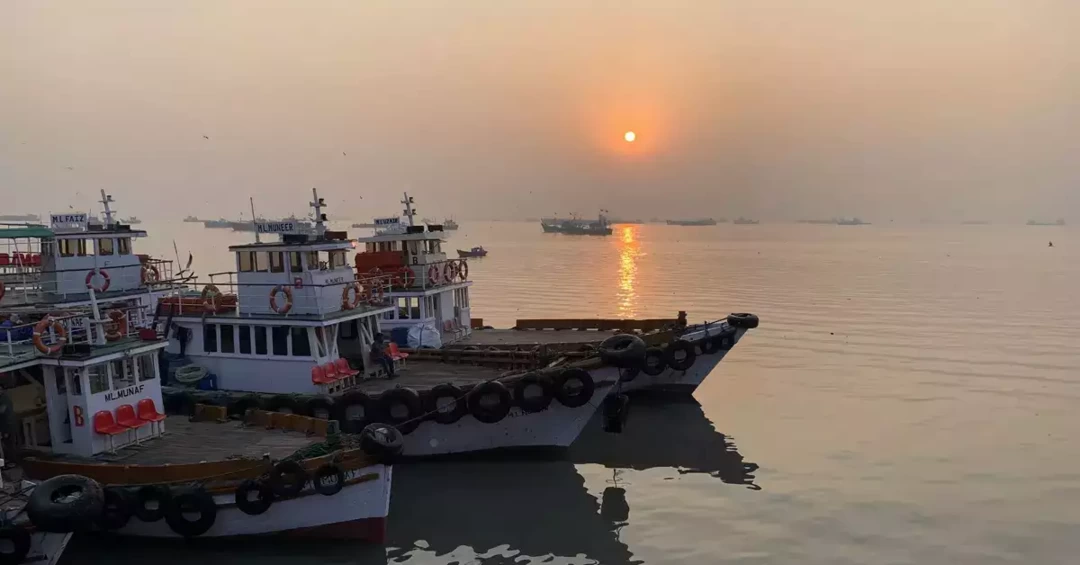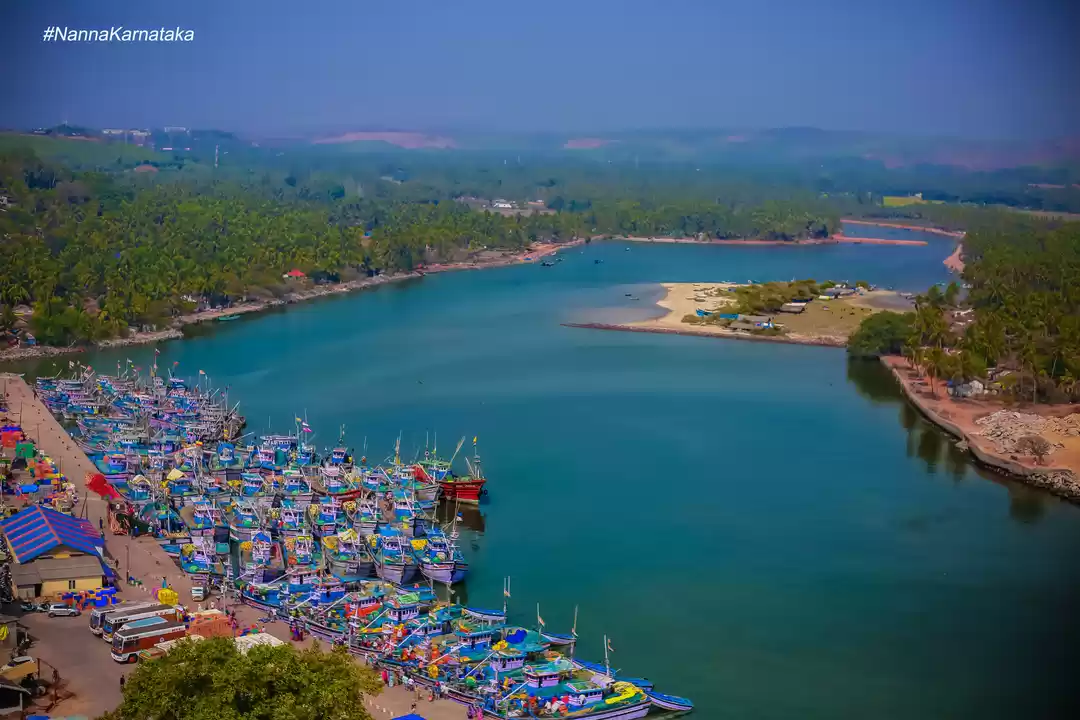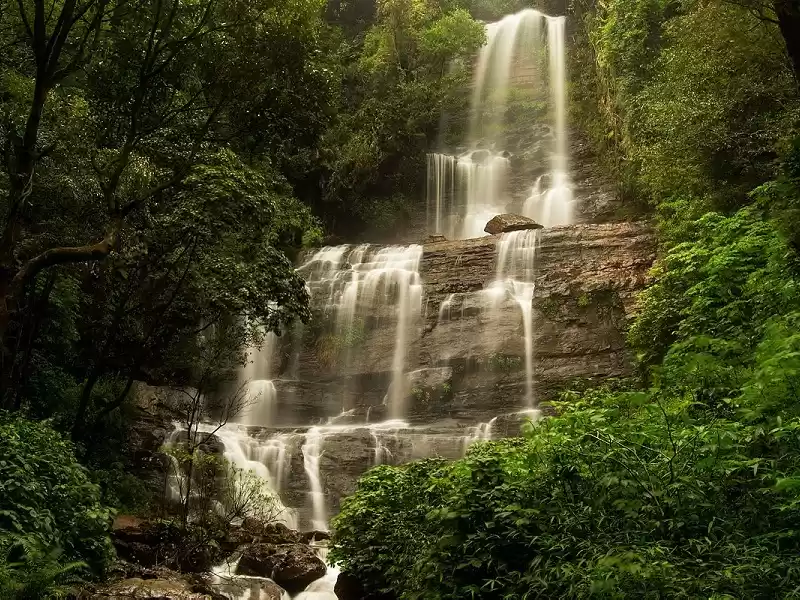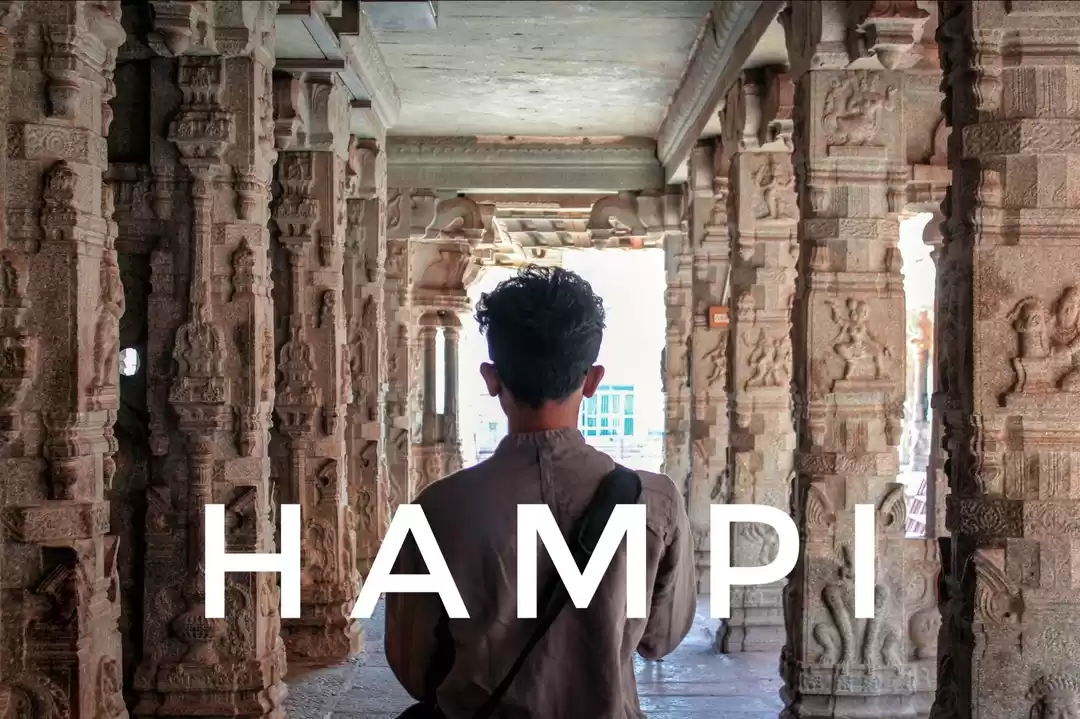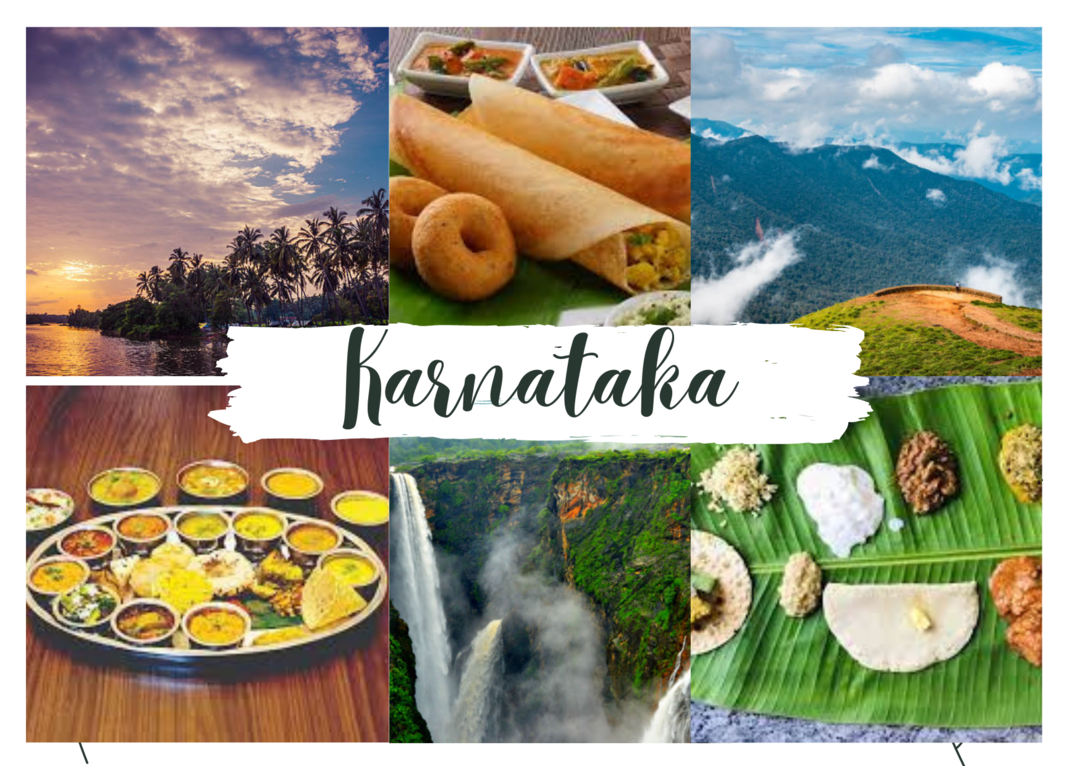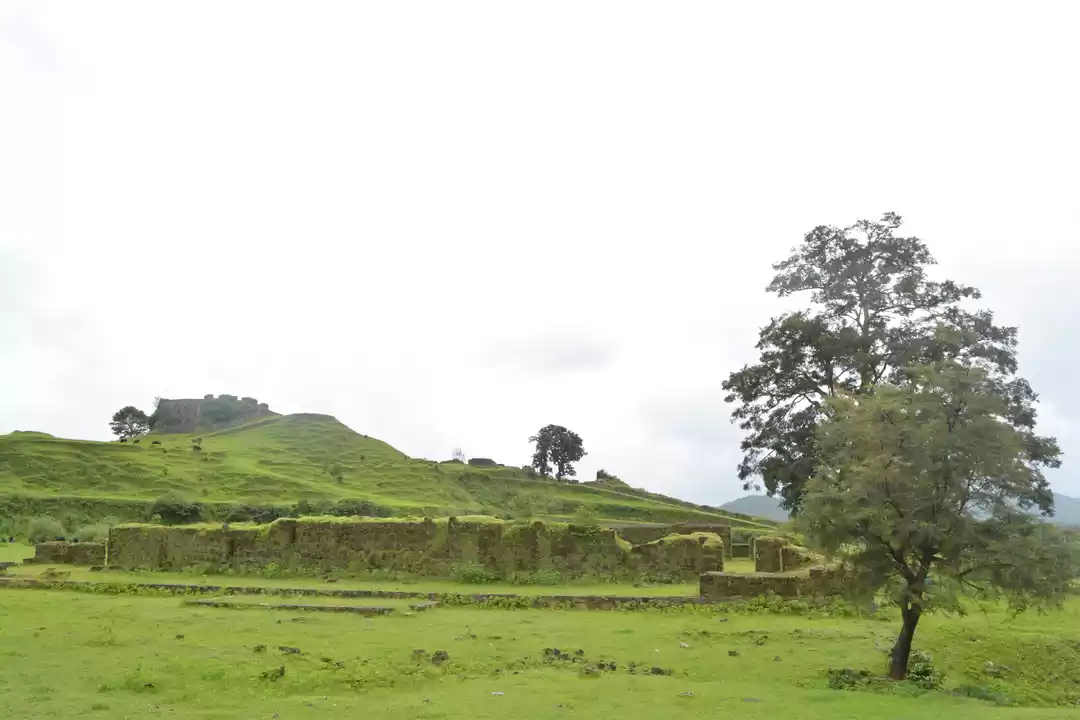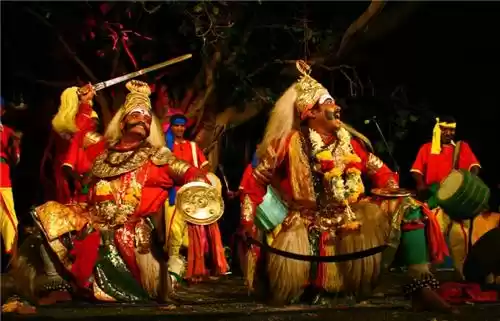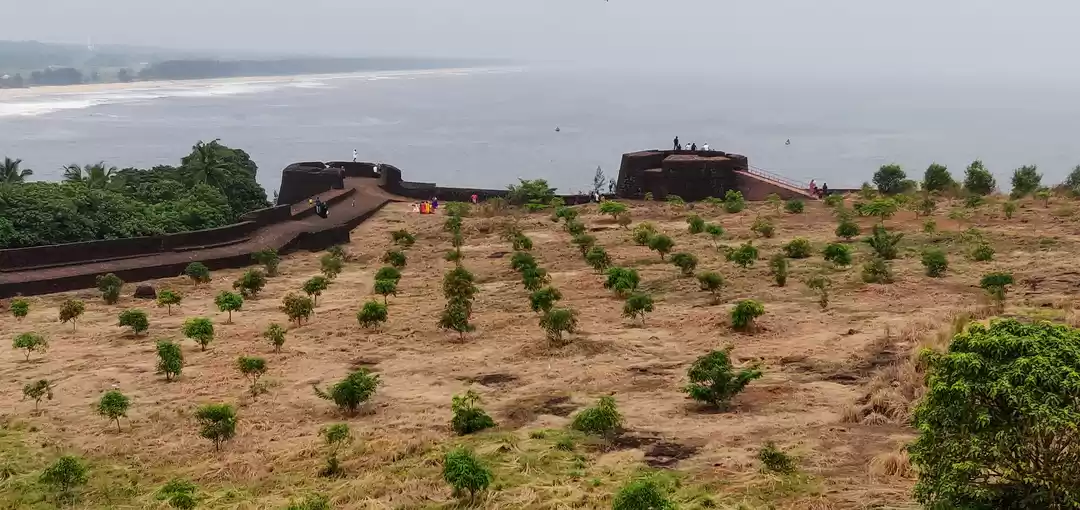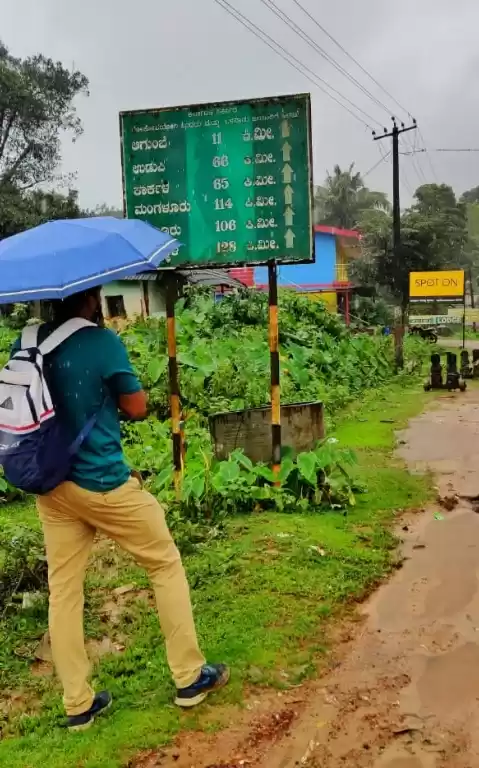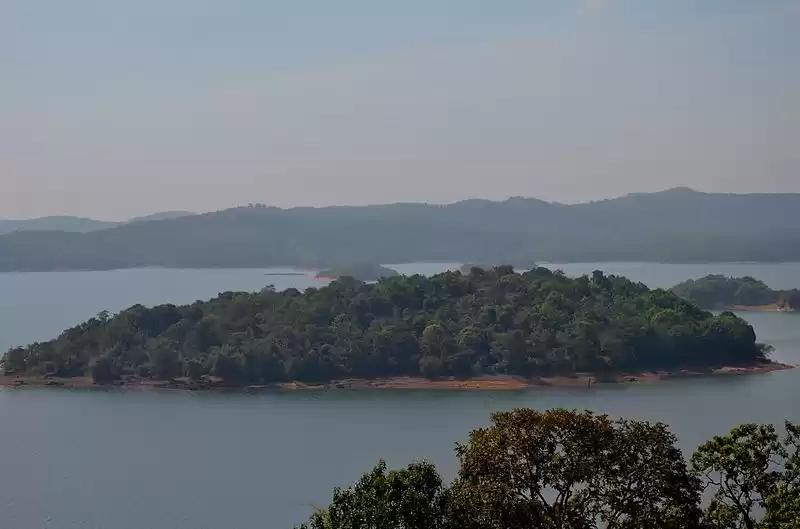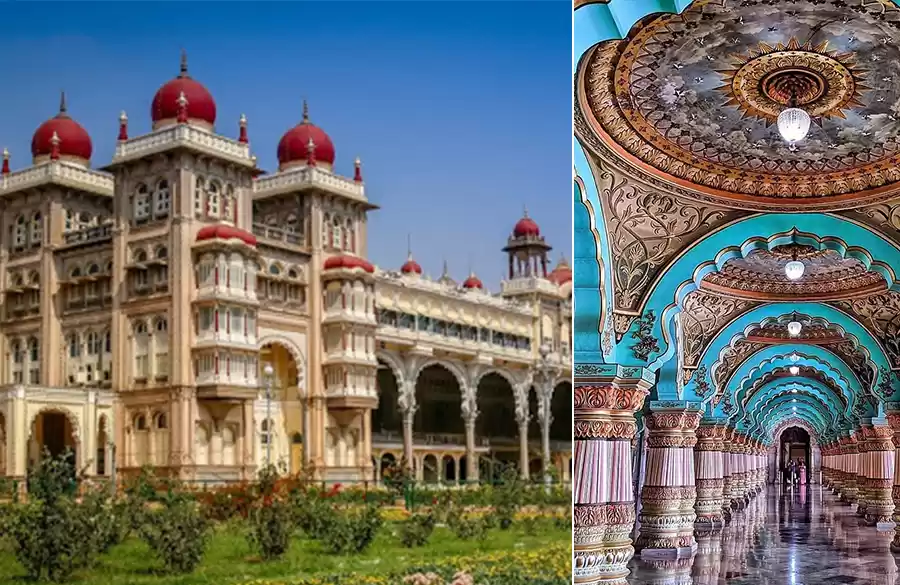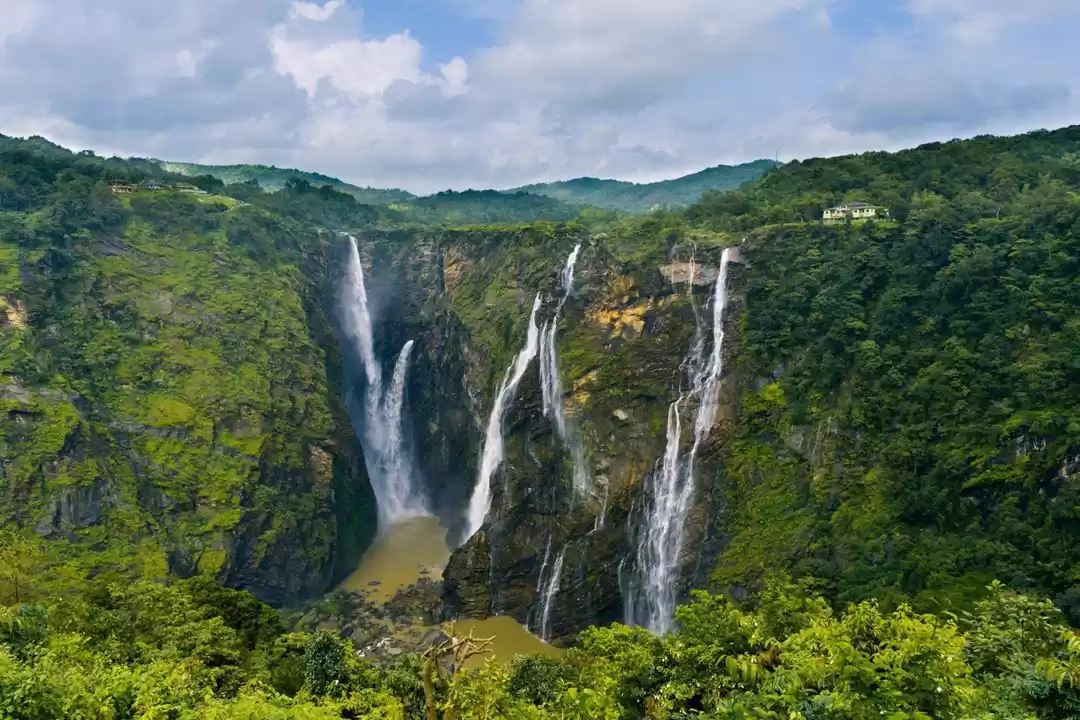The inconspicuous settlement of Keladi, around 10kms from the town of Sagara in Karnataka, can be mistaken for another sleepy village living a laid-back existence tucked away in the countryside. However concealed in its boring character is the ornate Rameshwara Temple that harks back to the glory days of Keladi when it witnessed the birth of a dynasty that ruled the present day Malnad, coastal Karnataka and parts of Malabar Coast. The birth of the Nayakas rule can be traced to Chowdappa Nayaka, a feudatory of the Vijayanagar Kings, who rose to power during the early years of 16th century.
Built using greenish grey schist in the Dravida style of architecture and incorporating Kadamba and Hoysala influences, the Rameshwara Temple has many notable sculptures and carvings done on wood and stone. The Vastu Purush or the God of structures sculpture on one of the outer walls is unique; other works of art worth mentioning are the statues of Daksha and Narasimha, coiled serpents on the ceiling and Yali pillars. An impressive museum, close to the temple, houses rare artifacts and paintings and is definitely worth a visit. A painting called ‘The Guardian Angel of the British Empire’ depicting the various colonies of the British Empire on the body of Queen Victoria with India on her bosom is noteworthy.
On the ceiling of the open hall of Rameshwara Temple is a detailed sculpture of Gandaberunda, a mythical two headed bird of incredible strength that is a manifestation of Vishnu’s Narasimha avatar in mythology and is often illustrated carrying elephants in its beak and talons. It bears stark similarity to the double-headed eagle used by the Byzantine and Roman rulers as their emblem. The images of Gandaberunda were found on the coins of Vijayanagar and the official emblem of the Wodeyar Kings of Mysore. In recent times Gandaberunda also can be seen on the emblem of Karnataka State Transport Corporation and football club Bengaluru FC.
In 1560 the capital of Nayakas was shifted from Keladi to Ikkeri, around 6kms from Sagara. A grand citadel was constructed in Ikkeri with a palace of mud and timber but today only the Aghoreshwara Temple remains standing tall amidst green fields. The temple is a mix of Vijayanagar, Hoysala, Chalukyas and Deccan architecture and was built using laterite. The other structures in the temple compound are a shrine of goddess Akhilandeshwari and an ornate pavilion with a chiseled statue of Nandi the bull.
The Aghoreshwara Temple has detailed and neatly executed carvings on the outer walls, ceiling of the main hall, pillars and perforated window screens. These include gods and goddesses with musicians and dancers, miniature towers, vegetal scrolls, makaras, birds, kirtimukhas, erotica and old Kannada inscriptions. The original deity in the sanctum is said to have been a masterpiece with thirty-two arms but was destroyed during an invasion; it had supposedly been part of the large carved pedestal that is still present in the sanctum. Today a lingam installed in the temple is worshipped instead.
Built as a summer sojourn by the Keladi rulers, the palace in Shivamogga lacks the opulence expected of a royal residence. This elegant monument, known as Shivappa Nayaka’s palace, set amidst a well maintained garden contains delicate work on teakwood and rose that has been extensively used in the interior of the building. Two flights of stairs lead to the upper storey with a balcony that was used by the King to address gatherings and conduct proceedings.
The museum adjoining Shivappa Nayaka’s palace has some interesting exhibits that have been excavated around Shivamogga in places like Bhadravati, Gurupura, Balligave, Saluru, Basavapatna, Shikaripura, Baruru, Belagutti and Kalkere. Some of the notable artifacts include idols depicting reclining Vishnu, Parsvanatha, Surya, Uma- Maheshvara, Bhairava and Mahisasurmardhini. A number of memorial and Sati stones (stones carved with tales of brave warriors and women who committed Sati) are also displayed in the garden adjoining the museum.
The former Nayaka stronghold of Keladi and Ikkeri, apart from being archaeologically and historically important, is endowed with exceptional natural beauty especially during the monsoon months. The Jog Falls on the Sharavathi River, around 36km from Sagara, deserve a special mention. They are the second highest plunge waterfall in India where the Sharavathi leaps in four distinct falls – Raja, Roarer, Rocket and Rani. The falls have very little water in the dry season, due to the Linganmakki Dam upstream, but are a treat to behold during the rainy season. One can descend to the bottom of the falls by climbing down around 1400 steps which can be demanding but is totally worth the trouble.
Another relic of the Nayakas era that has survived the march of time is the fort in the village of Nagara, earlier known as Bidnur. It was the last capital of the Keladi Kings before they disappeared in the mazes of history, their glory relegated to books on dusty shelves. Although the monument is in ruins, a few structures like the outer walls, bastions, basement of palaces and wells are preserved and give a fair idea of the layout of the fort. The elevated mounds in the fort offer beautiful views of the Western Ghats and paddy fields dotted with ponds.
